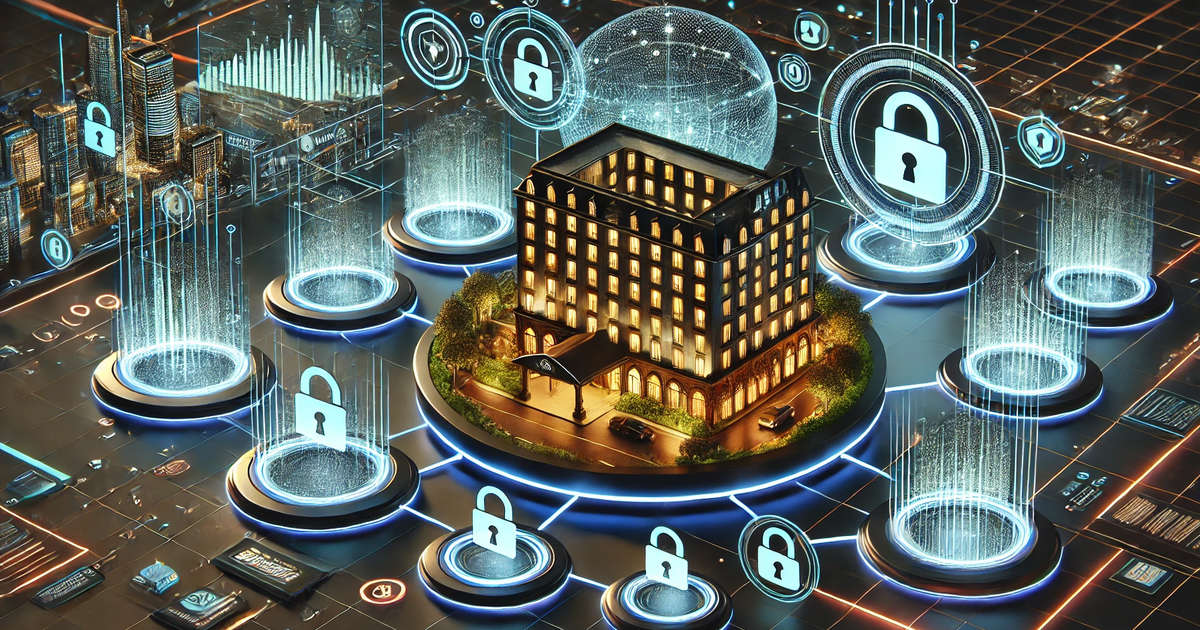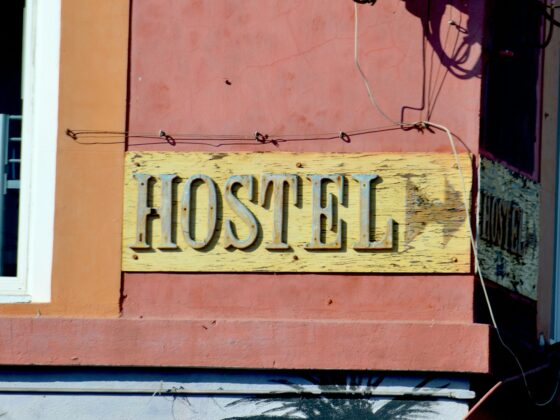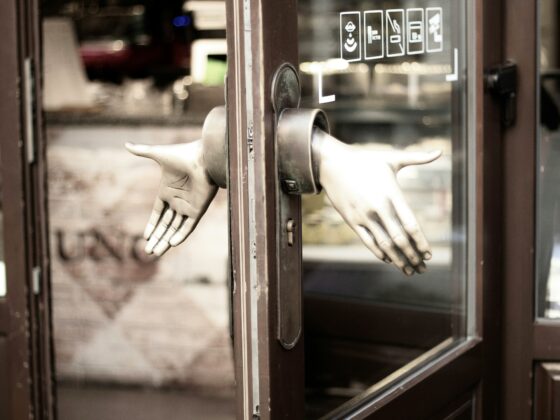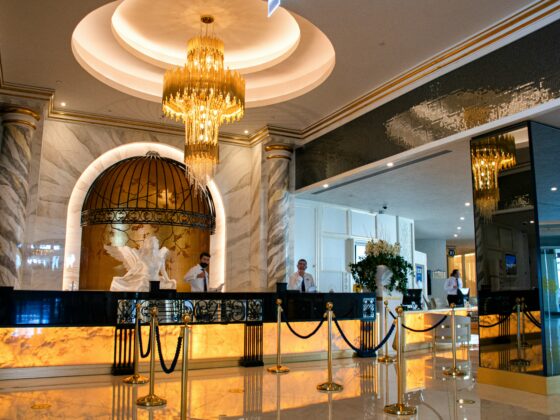
Picture a scenario where a hacker poses as an employee and tricks IT support into resetting credentials, bypassing multi-factor authentication and gaining access to core systems. That’s exactly what happened to one of the world’s leading casino brands in 2023, when a social engineering attack brought down everything from check-in kiosks to room keys and slot machines. Operations were disrupted for over a week, costing the company more than $100 million in lost revenue and leading to a $45 million class-action settlement.
Hotels manage deeply personal, high-value data such as credit cards, loyalty info, stay history, rate structures, which makes them prime targets for cybercrime groups and state-sponsored attackers. Failing to protect that data risks not just compliance penalties but operational shutdowns and public trust. Here’s what to keep in mind when building a hotel tech stack that protects your operations, uncovers risks, and reinforces guest confidence.
1. Train Staff to Resist Social Engineering
Social engineering is one of the most effective tactics hackers use to breach even the most secure environments. During the casino attack, criminals impersonated IT staff to manipulate a help desk agent into handing over login credentials. With just a few pieces of publicly available information such as employee names, job roles, and social profiles, they bypassed technical barriers entirely. Hotels frequently rely on seasonal employees, who often have limited experience. That, together with high turnover, makes the sector more susceptible to cyber threats.
What works:
- Build a security culture across the entire company. Ensure all employees understand the importance of practicing good cybersecurity.
- Implement security awareness training tailored to job roles. Front desk and support staff are especially vulnerable. Ensure it is engaging and effective. Teach staff to understand data value and to recognize common tactics and report them without fear.
- Run regular attack simulations to test responses and reinforce behavior.
- Establish clear procedures: no password resets or privileged actions without multi-channel verification.
Social engineering thrives on human weaknesses, not technical flaws. Training is your first line of defense, and a single support structure and internal knowledge base makes it easier to standardize response procedures and train staff consistently across the business.
2. Ensure Security Is Part of Every Project
The hotel business is driven by data that holds value not only for hotels, but also for cybercriminals. They may try to steal payment card information, guests’ personal details, or even market-sensitive rate data. Make sure every project involving IT systems includes a cybersecurity dimension and never prioritize speed and ease of implementation over security.
What works:
- Design systems and all interfaces with security in mind.
- Enforce access controls for both users and systems.
- Enable tokenization and encryption wherever possible for both data in transit and at rest.
- Log and monitor activity across all systems.
Centralizing guest data with a single provider can drastically reduce the number of potential entry points for attackers. A unified platform means fewer integrations to secure, and less vendor overlap to manage.
3. Harden Endpoints & Malware Defense
Hackers usually infiltrate networks via compromised endpoint devices. One laptop, one kiosk, one infected email, and they’re in.
What works:
- Establish secure baseline configurations for endpoints, including antivirus protection, automatic updates, and control over installed software.
- Restrict guest interaction with accessible devices, such as disabling USB ports and preventing users from exiting kiosk-mode applications.
- Monitor endpoint activity and respond to anomalies to detect and contain threats early.
When endpoints share a consistent configuration and are protected using a unified set of leading tools, they are easier to manage, secure, and monitor, even at scale.
4. Control Access, Stay Agile
Hotel staff often have broad access to guest data for convenience and to ensure high-quality service. If a criminal gains control of an employee’s account, it can provide access to sensitive customer information.
What works:
- Apply Identity and Access Management (IAM) and Single Sign-On (SSO) with least privilege access rights.
- Enforce multi‑factor authentication (MFA) for all accounts.
- Maintain an audit trail for all accounts and promptly disable accounts of departing employees.
With one vendor supporting your identity provider, role-based access can be managed across all systems in a consistent and streamlined way, making it easier to enforce and audit.
5. Manage Vendors as Risk, Not Just Utility
Your vendors (PMS, POS, booking platforms) are part of your security surface. Weak security practices by one vendor can compromise your entire stack.
Vendor Security Musts:
- ISO 27001 certification or SOC 2 Type II report as a baseline.
- Transparent data processing, data residency and sovereignty policies.
- Clear incident response commitments, including audit access.
The fewer vendors you rely on, the fewer third-party risk assessments you need to run, and the easier it becomes to ensure compliance with privacy laws across jurisdictions. A single provider simplifies oversight and dramatically narrows your threat landscape.
Security First Is Business Smart
Cybersecurity isn’t just a compliance checkbox, it’s foundational to guest trust and operational continuity in today’s hospitality landscape. With average breach costs now topping $3.8 million per breach in hospitality (up from $3.6M just a year earlier), the cost of inaction has never been higher. Just as importantly, working with a single trusted provider allows hotels to enforce security policy, data governance, and compliance across the board rather than juggling different standards and protocols across a patchwork of vendors.
Ultimately, hotels that bake security into every tech decision, from system design to decommissioning, are not only compliant. They’re future-ready. Are you?








